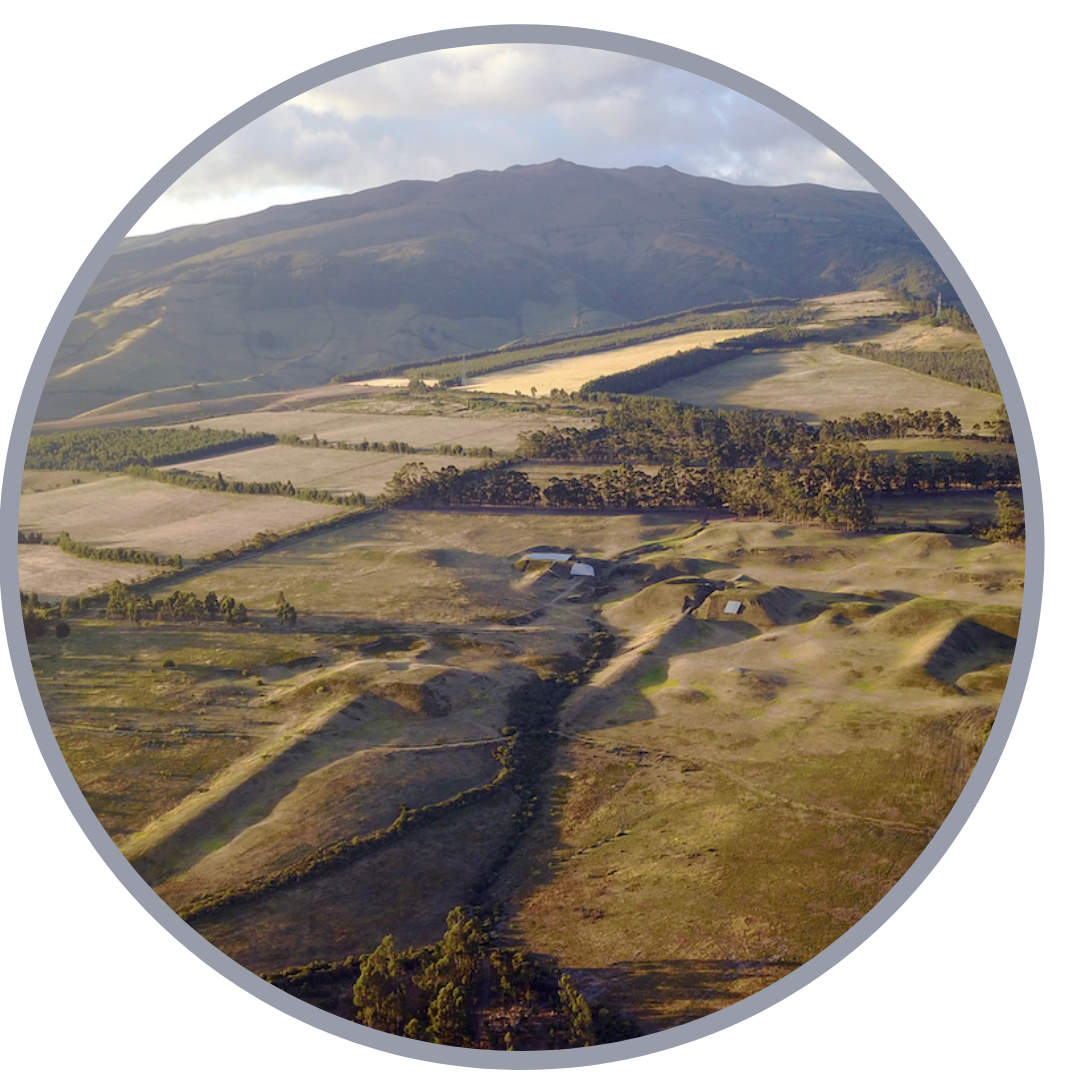December, 2021
Tuesday, December 07, 2021 | 02:00 pm

Cochasquí and the Monumental World of the Caras: The Rise and Fall of a Barbacoan Society
Ryan Scott Hechler
Barbacoan-speaking societies thrived throughout northern Ecuador and southwestern Colombia on the eve of Spanish conquest. Interregional ties between these culturally diverse groups facilitated complex and far-reaching systems of exchange and political alliances. One ethnic group in the highlands of northern Ecuador, the Cara, are renowned for their monumental centers, which are comprised of earthen mounds, known locally as “tolas.” Monumental developments are often characterized by two periods, with large, rounded burial mounds being built until around AD 1280, during which time a far-reaching eruption from the Quilotoa Volcano blanketed the region in up to fifteen centimeters of ash and signaled the gradual transition to the Little Ice Age. Sheer human resiliency persisted in the face of natural disaster and, somewhat suddenly, local people switched to constructing massive platform mounds, typically amongst earlier burial mound centers. Cochasquí, the highest elevation Cara center, exemplifies such a transition. Cochasquí quickly rose as one of the major seats of regional political power and was one of the first to fall during the regional conquest by Tawantinsuyu – the Inka Empire. Due to the state of preservation of the site, Cochasquí offers an excellent case study in understanding local and regional developments through short periods of rapid change. Today, Cochasquí is important to regional Indigenous identities and is cherished as a symbol of national cultural heritage.
